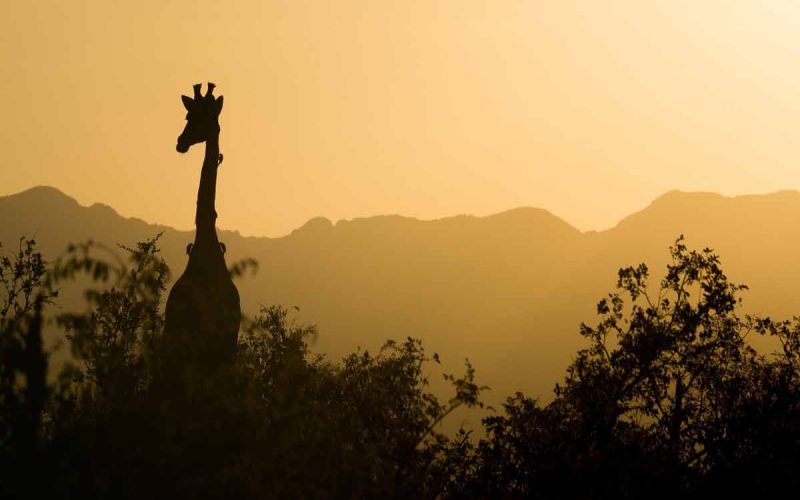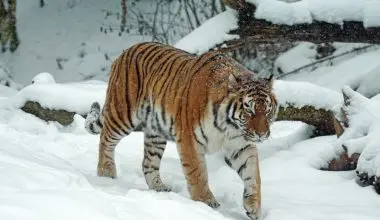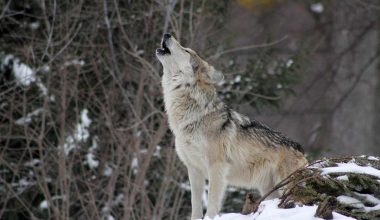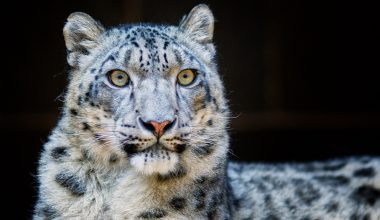Table of Contents Show
[Updated 04 December 2024]
Giraffe is one of the most majestic creatures on planet. With its long neck and gentle manner, it is the tallest mammal on earth and also the largest ruminant!!
However recent research has revealed that their populations are in a deep decline. So now they are classified as threatened. Indeed they are undergoing a silent extinction crisis.
According to African Wildlife Foundation, Wild giraffe population has waned by 40% in 30 years, and there are now roughly 68,000 left in the wild. There are fewer left in this world than African elephants.
International Union for Conservation of Nature (IUCN), is the chief standard for evaluating threats. It has been found that giraffes (giraffa camelopardalis) are “vulnerable,” indicating that they are at a “high risk” of extinction in the wild. The species have been placed in red list by IUCN. And for some of the nine sub-species, this threat is looming. Let us explore the extent of decline for several of these subspecies.
Kordofan giraffe
In the case of Kordofan giraffe, International Fund for Animal Welfare (IFAW) informs us that 90% of this sub-species has vanished ever since late 1980s. African Kordofan is down to only 2,000 individuals in wild.
Nubian giraffe
By the same token, Nubian giraffe has diminished by 98% and lives only on sheltered lands in Kenya. Only 455 Nubian giraffe remain in wild according to World Animal Foundation. Moreover, according to IUCN, the two sub-species are in serious danger of extinction.
Masai giraffe
According to National Geographic, IUCN also declared that Masai, a sub-species dispersed all over Kenya and Tanzania, is now endangered. This is mainly due to poaching and modifications of land use. There are a projected 35,000 Masai left, but their population has decreased by almost 50% in the last three decades.
According to Tanya Sanerib, international legal director for the Center for Biological Diversity, Masai are one of the biggest sub-species of giraffes. They’re the typical image you can picture when you think of wild giraffes. “For this sub-species to be called endangered is a wake-up call,” says Sanerib.
She further said that this was distressing information and it really sounded the alarm bell. It truly shows that we need to be doing more worldwide and with whatever resources being available.
Rothschild’s giraffe
Another species of you might hear about is the Rothschild’s giraffe. Of the nine subspecies that you hear about, Rothschild’s is the second most jeopardized. There were less than 670 individuals in 2010 according to African Wildlife Foundation.
Earlier found in Kenya, Uganda, and Southern Sudan, this subspecies has now been isolated into very small regions of Kenya and Uganda. Essentially, the Rothschild’s is now considered part of and counted as a Nubian giraffe.
Reticulated giraffe
This type takes its name from white lines that clearly border the rich orange-brown patches on skin. There has been a steep reduction in its numbers. According to Giraffe Conservation Foundation, Reticulated type has declined by about 50% in last 35 years. From an estimated population of 36000 to about 15000 now!
Why are giraffes dying out?
1. Loss of Habitat
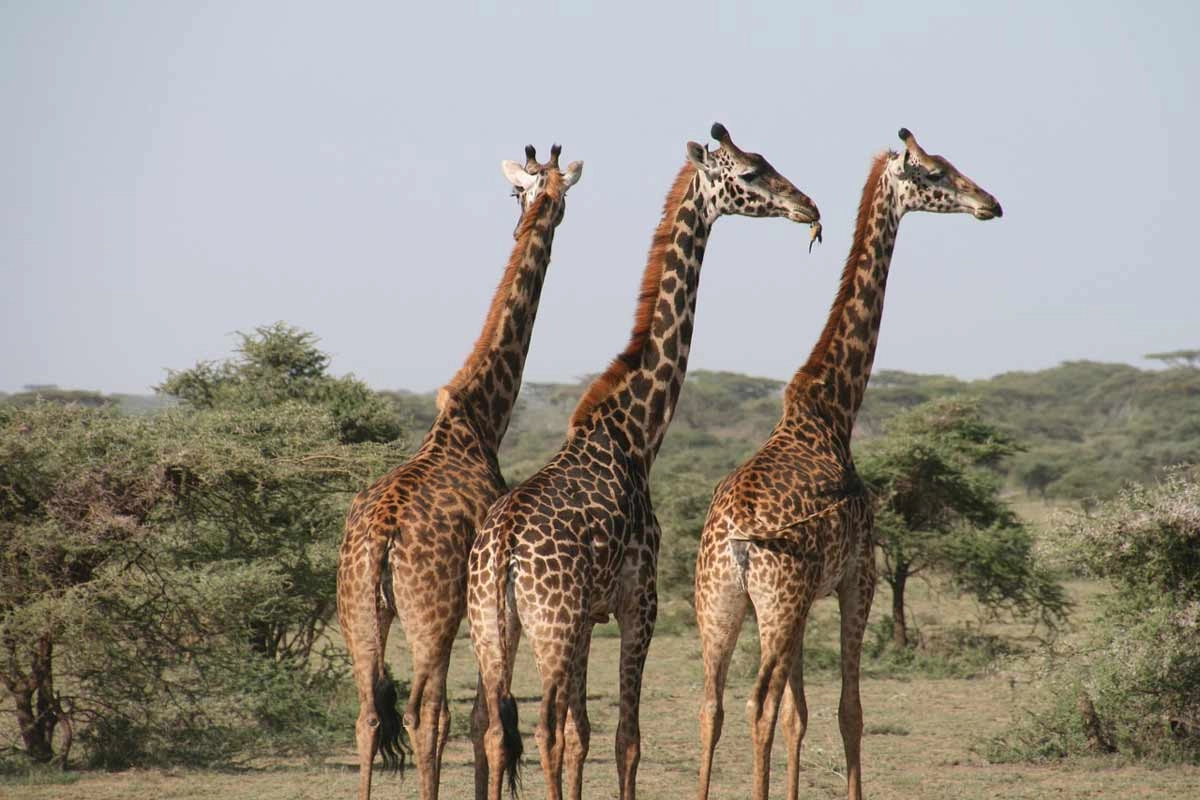
Of the dangers facing the planet’s tallest animals, habitat loss is one of several. African Giraffes used to range constantly through most of the African savanna. However, today they live in small groups dispersed in clusters across the continent. In some countries, like Mali, the species has been wiped out entirely.
In Niger, several of these animals have been hit by cars, and remaining population is just a handful. So conservationists have taken the extreme action of moving some of the animals to a safer space.
A major reason for their loss of habitat is the transformation of woodlands into ranches and estates.
Charcoal is one more issue. Africa’s charcoal industry is thriving. Many Africans make their living by cutting trees and setting fire to the wood to produce black fuel.
While this cottage business is a blessing to a lot of low-income workers, it’s problematic for giraffes, who depend on those trees for sustenance.
As the human population surges in the 21st century, matters are only to get worse. This is particularly true in Africa.
African Savanna and South Africa are the natural habitats on which giraffes depend. As urban areas expand and agricultural lands grow the habitat degradation accelerates.
This destruction leads to the habitat fragmentation, making it harder for them to find food, and mates, and safely migrate.
2. Civil Wars
Civil unrest is a huge problem in Africa for all habitats involved in the area. Civil unrest causes influx of humans and machines into wild forests and destruction of many habitats.
The nearly 13,000 giraffes that lived in Sudan in the early 1980s, these days, have a population totaling merely in the hundreds. The civil unrest has increased wildlife trading and poaching, due to reduced vigilance on animal protection.
In the face of mounting burden on their livelihoods, some Sudanese have furthermore turned to giraffe bushmeat as a means of living.
Giraffes are moreover defenseless by the spread of disease – like the Giraffe skin disease that creates grayish skin lesions and is prevalent in sub-Saharan Africa – in addition to inbreeding (a consequence of populations’ failure to mingle because of habitat division and the increased regularity and extent of droughts related to climate change.
3. Poaching, Wildlife Trade and Trophy Hunting
These gentle giants are being poached for their meat, skin, and bones. Illegal hunting remains a severe threat to them in some areas. In fact, according to one report, the United States is the main market for their parts.
There is a demand for their body parts in traditional medicine. It is also believed by some in Tanzania that giraffe bone marrow and brains can treat HIV and AIDS. (https://abcnews.go.com/International/giraffes-danger-extinction-numbers-dropped/story?id=27334959 ). All of this just means greater bounty for the vicious trophy hunters.
Moreover, there is also a market for items made for decorative purposes which contributes to this worrisome trend.
You would be shocked to learn that these graceful animals are being killed for their tales. It is a fact that poaching of their tails is a major threat to the species.
A modestly perceptive internet shopper can discover thousands of products created from giraffe parts online.
Giraffe-hide carpets and garments are also typical, as well as taxidermy body parts.
One of the main products sold is the bone, which has come to be a substitute for elephant ivory in gun and knife handles.
Trophy hunting of giraffes is banned in both Kenya and Tanzania, nevertheless, they are poached for their bones, meat, hide, and tails.
This is just like how the African elephant is hunted for its tusks. A projected 2 to 10% of the wild animal population is hunted illegitimately per year in Serengeti National Park in Tanzania, states the IUCN.
Poaching has grown because of civil unrest. Another incentive is the evolving market for giraffe parts. These include bone carvings and tail-hair jewelry.
4. Climate Change
Climate change presents a varied challenge. It unfolds through altered weather patterns, droughts, and changing vegetation. When the temperatures rise, the ecosystems sustaining native species are destroyed. The prolonged dry spells result in the decimation of their population.
These majestic animals feed on specific species of trees such as acacia, mimosa, and wild apricot trees. However, climate change can affect their food sources. This is so because climate change leads to changes in the locations of plant types. For instance, prolonged droughts due to climate variation can cause certain trees like acacias, which are a staple in their diet — to die off or become less nutritious. Thus, a reduction in available food can lead to malnutrition and lower reproductive rates. This contributes to further decline in their populations.
Moreover, severe weather like floods and wildfires that are sign of climate change can destroy habitats and food supplies. This forces animals to travel longer distances in search of food. This increased fatigue may result in higher mortality rates. The severe weather is more lethal for younger and older individuals. The result is a clear threat to the genetic robustness and resilience of the species.
5. Disease
Disease is also a cause of declining population. The Giraffe skin disease creates grayish skin lesions and is prevalent in sub-Saharan Africa. Inbreeding (a consequence of populations’ failure to mingle because of habitat division ) is also a cause of genetic disorders.
6. Human-Wildlife Conflict
.Human population growth in giraffe-inhabited areas has caused clashes between humans and animals. The habitats and livestock grazing overlap, resulting in resource rivalry. The animals are viewed as a menace by farmers, who may kill or remove them. Giraffes sometimes venture into agricultural regions, triggering more confrontations. Roads and urban development have split their populations. This fragmentation of habitat causes increased isolation and the risk of inbreeding.
Solutions to resolve the threat to Giraffes
Recognizing major threats to giraffes is vital in directing efforts toward effective solutions. Here are some strategies that can contribute to the conservation of this remarkable species:
1. Fostering Habitat Conservation and Restoration
Restoration of natural habitats is critical to the survival of the species,. And that needs to happen right alongside protecting the areas where they roam, which is key to ensuring they have the space and food to thrive. We can do this by creating protected reserves and national parks that are not disturbed by agriculture and urban development. A protected reserve can offer another solution to one of the biggest threats—Habitat loss.
a. Establishing Protected Areas
Designating and managing protected areas can reduce the risks giraffes experience from habitat conversion. These reserves offer them safe havens and environments in which they can live in nature without human interference. Governments and conservation groups can partner to select which areas are vital for protection. They can do this while working with local communities.
b. Reforestation and Habitat Restoration Efforts
Active reforestation can help restore the ecosystem where overgrazing, deforestation, or urban spread have degraded giraffe habitat.
Planting native tree species that provide vital food sources for them is essential.
Engaging local communities in reforestation can foster a sense of ownership of the environment.
Communities can see the direct benefits of preserving habitats when they see the increase in their earnings. This can happen by linking restoration efforts to sustainable agricultural practices or ecotourism.
For example, ecotourism initiatives can create jobs and generate income. This encourages locals to protect these animals and their habitats rather than exploit them.
Holistic reforestation promotes ecological balance by growing a variety of plant species. This in turn benefits giraffes as well as other animals,. Thus it increases biodiversity and strengthens ecosystem resilience to future environmental changes.
2. Anti Poaching Initiatives
The illegal poaching of giraffes for their skin, tails, and bones poses a major threat. Poaching is a major cause of the decline in their population. Implementing anti-poaching measures can help protect these magnificent animals from being hunted indiscriminately. Thus, international trade needs to be monitored to prevent the smuggling of poached parts.
In 2019, giraffes got international protection in the trade of parts of poached animals. The parts that are traded most commonly are bone carvings, raw bones, and skins.
The regulations aim to ensure that any giraffe parts traded were obtained lawfully. These rules discourage the trade in arts from poached giraffes. They force nations to do non-detriment assessments before approving their exports. These measures are in place to ensure the survival of the species.
3. Strengthening Law Enforcement
Governments and conservation organizations must develop strong legal frameworks and commit resources to enforce wildlife protection laws.
Training park rangers and developing community vigilance programs can enhance anti-poaching efforts.
The African Wildlife Foundation and Anne Innis Dagg Foundation are working on a comprehensive conservation initiative in Tanzania’s Mkomazi National Park. It focuses on enhancing species protection, land management, giraffe research, and education.
4. Community Involvement
Local communities, particularly those near the habitats, can help reduce poaching primarily by:
4.1 Helping out in conservation efforts
Local residents can begin by planting native trees, that are part of giraffe diet.
4.2 Educational programs
Educational programs highlighting wildlife preservation’s ecological and economic benefits can result in local residents pointing out any poaching activities in their area
4.3 Community-Based Conservation Programs
In Africa, an effective strategy involves community-based conservation programs, These involve: profit-sharing programs where income from eco-tourism and wildlife photography tours gets distributed among local residents..
d. Cultural and Traditional Awareness
Local cultures and communities have rich traditions that are deeply linked with wildlife fostering a sense of responsibility and pride in their cultural heritage. A realization of these values can cause the local residents to take stewardship of these animals.
5. Education and Awareness Campaigns
Raising awareness through proactive education campaigns is crucial in addressing threats to giraffes. Education campaigns promote public participation in conservation efforts.
5.1 Targeting Schools and Youth
Targeting schools and youth is an important aspect of wildlife preservation. School curriculums should have information about the ecology. This aspect promotes sustainable practices. It also raises awareness about the challenges faced by various species.
5.2 Using Social Media and Digital Platforms
Conservation groups may use social media platforms such as Instagram, Facebook, and TikTok to increase awareness about the dangers to giraffes. They can create viral campaigns to spread the message. Moreover, influencer collaborations can promote public participation.
6. Community Events and Workshops
Hosting community events that focus on giraffe conservation can create a sense of connection and responsibility among local residents. These events can take various forms, such as nature walks, wildlife photography contests, or educational seminars led by conservation experts.
6.1 Nature Walks and Eco-Tours
Having Nature walks and tours in the natural environment of these amazing species gives the tourists a one-of-a-kind experience. This creates awareness and support for conservation efforts while allowing people to see their natural home for themselves.
6.2 Workshops with Local Artisans
Inviting local artisans to showcase their crafts can add a unique dimension to conservation efforts. Workshops teaching skills such as painting, sculpting, or weaving using giraffe motifs can take the community on board. Art pieces made during these workshops can be sold. Part of the profits should go toward giraffe protection initiatives. This encourages local economies and also creates awareness.
6.3 Involvement of Local Leaders
Community events that involve local leaders, such as village chiefs or renowned figures, can also bring together greater participation and respect for giraffe conservation. Influential individuals and opinion leaders can endorse conservation initiatives with effective outcomes. Proactive human action can surely help in reducing the risk of extinction.
What protections do giraffes have under U.S. regulation?
Dealing in their parts is allowed but mostly not followed up on in the United States. The administration doesn’t currently identify the species as an endangered animal.
Still, Elly Pepper, NRDC’s deputy director of the wildlife trade program, states that giraffe numbers do meet the requirements of endangerment according to the Endangered Species Act (ESA).
That rule includes any species that is at risk of extinction throughout all or a substantial percentage of its range.
Though giraffes are not found in the wild in the United States, Pepper says that there are initiatives the government needs to take under the terms of U.S. law to save them.
It’s important to admit that the iconic creatures are a desired trophy target of hunters traveling to Africa. American hunters imported 3,744 deceased giraffes between 2006 and 2015.
Given that gruesome detail and the disturbingly active trade in their parts in the United States, an endangered ranking would prompt quite a lot of significant protections for the species.
In 2017, an alliance of conservation groups (counting NRDC) lobbied the U.S. Fish and Wildlife Service (FWS), which enacted the ESA, to acknowledge giraffes as endangered. The agency was obligated by law to answer within 90 days. But it did nothing.
Therefore, a year and a half later, the alliance took legal action and sued. Instead of facing the wrath of a federal judge, FWS delivered a verdict in April 2019 that the endangerment status may be justified.
That gave the agency nine further months to finalize whether the ranking is, indeed, justified.
The latest on this is that in November 2024 the US Fish and Wildlife Service proposed to move five subspecies of giraffes to the endangered list. These will listed as endangered under the US Endangered Species Act.
What about International Protection of Giraffes?
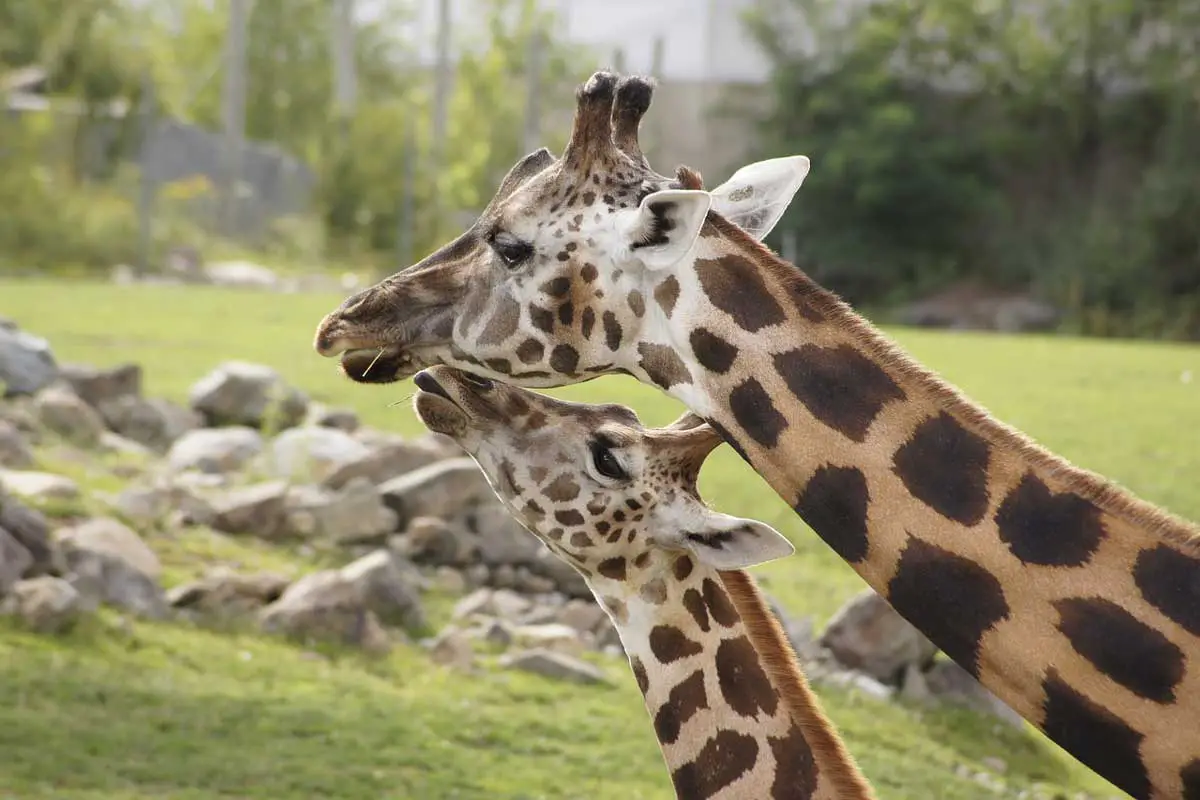
Acknowledgment of their harrowing situation by the Parties to the Convention on International Trade in Endangered Species (CITES) could, too, help immensely toward saving giraffes.
When CITES advises conservation standing on a species, it limits the international trade in that creature.
Now the members of the convention are considering a proposal to officially rank the species, brought into view by the giraffe range states of the Central African Republic, Senegal, Niger, Chad, Mali, and Kenya.
Their proposal would certify that all trafficked giraffe parts were lawfully attained and not taken from poached ones.
The proposal would also allow authorities to gather international trade statistics for giraffes that would warrant better protections by both the members of CITES and other scientific and administrative organizations in the future.
In 2019, they got international protection in the trade of parts of poached giraffes. The parts that are traded most commonly are bone carvings, raw bones, and skins.
The regulations aim to ensure that any giraffe parts traded were obtained lawfully. These rules discourage the trade in arts from poached animals. They force nations to do non-detriment assessments before approving the exports of these animals. These measures are in place to ensure their survival as a species.
How would an endangered ranking benefit giraffes?
The main result of their listing under the ESA would be a direct curbing of imports and trade within the country.
There are circumstances in which trade in their parts may still be acceptable. These include research and educational purposes, and human activities to help support the species.
An endangered listing would not completely stop the resistance that federal authorities will face. There are legal provisions that permit the import of threatened species parts that are at least 100 years old.
It can be very tough for a customs official to define the age of a section of giraffe bone or elephant ivory.
Nevertheless, placing them on the endangered species list would help massively. Besides preventing the extensive trade in their parts, it would shift funding to their conservation.
It would compel the U.S. government agencies to manage their activities to guarantee that no federal action endangers the species further.
An ESA listing would similarly bring desired attention to the extinction woes of giraffes, a progress that is less concrete but no less essential than exact regulatory actions.
“There is a big lack of awareness and these vital actions will markedly raise public mindfulness of the uncertain future these gentle giants face.
The Overlooked Megafauna
Giraffes generally have been understudied in comparison to other vulnerable species. According to giraffe academic Axel Janke, whereas thousands of scientific research has been carried out on white rhinos, just around 400 cover these tallest African mammals .
They are the overlooked megafauna in a sense. They have kind of slipped away, unfortunately, while more devotion has been given to, lion, rhino, and elephant other species.
What can you do to support giraffes?
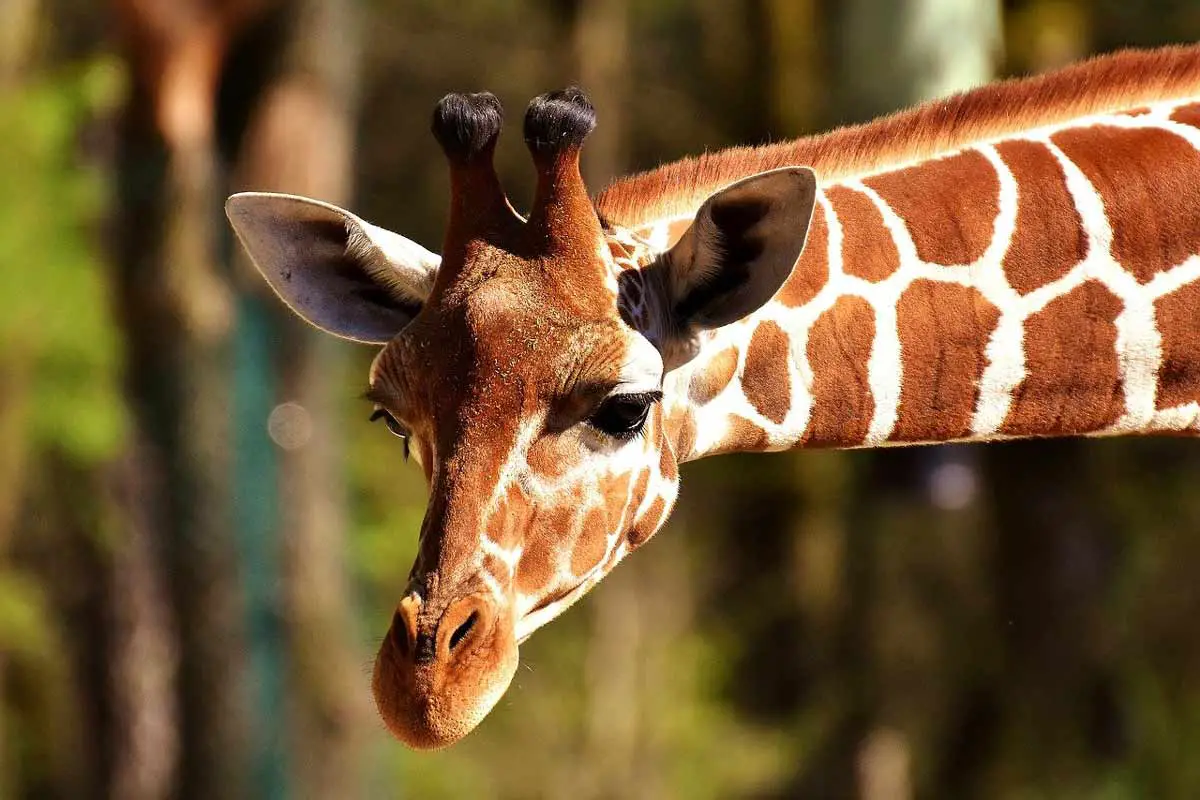
Under no circumstance purchase giraffe products, back organizations that are contesting to protect them, such as groups like the Giraffe Conservation Fund, and reach out to your representatives in government to inform them that you are worried about their silent disappearance crisis.
Follow up with your representatives with inquiries about the conservation status of the their population. That really has an effect!
My recommendation would be to read the following article on how to help protect endangered species.
We have yet to learn so much about this majestic animal. It would be a disgrace to lose them. For example, they have intricate circulatory systems that could help in grappling with human’s high blood pressure.
Scientists have also found that they hum at night, and have no clue as to why. By recognizing that they are endangered, with a bit of luck now together with governments and agencies, we can save the beautiful species before it is too late.
At the end of the day, would you like to tell the next generation about giraffes or actually be able to show them?
What are your thoughts on giraffe endangerment and extinction? I’ll be waiting for your comments!
